Welcome to Filterbuy Local, the best HVAC UV light installation service company proudly serving in and near the greater Okeechobee, FL area. Please let us know how we can help solve your Okeechobee HVAC UV light installation needs with professional, affordable, and fast residential and commercial HVAC services by getting a free online quote or by giving our friendly HVAC specialists a call. We look forward to hearing from you!
HVAC UV Light Installation Services Okeechobee FL
Heating, ventilation, and air conditioning (HVAC) systems are essential for the comfort of any home or business. In OkeechobeeFL, HVAC UV light installation services offer efficient solutions to many problems related to indoor air quality. Ultraviolet (UV) light is a proven technology that has been used in various industries since the 1950s. This article will discuss how ultraviolet light can be utilized as a part of an HVAC system to improve air quality and energy efficiency.
The effectiveness of ultraviolet light lies in its powerful rays, which have long-term benefits such as eliminating mold spores, bacteria, dust mites, and other allergens from the atmosphere. When properly installed by professionals, UV lights can significantly reduce airborne contaminants and prolong the life of an HVAC system by preventing damage caused by microorganisms. Furthermore, it also helps reduce energy consumption due to improved heat transfer within the system's ductwork.
In addition to providing increased protection against pollutants, installing UV lights into an existing HVAC system offers numerous advantages over traditional methods of filtration. By being able to target specific areas within the ductwork more precisely than regular filters, UV lighting allows for fewer maintenance requirements while still delivering superior results when compared with standard filter technologies. As such, this type of service provides both short-term gains through enhanced indoor air quality and long-term savings on utility bills due to reduced energy usage.
Definition Of Ultraviolet Light
Ultraviolet (UV) light is an invisible form of electromagnetic radiation which lies between visible light and X-rays. UV light has a shorter wavelength than other forms of radiation, making it highly energetic and potentially hazardous to living organisms. It is produced naturally by the sun but can also be generated artificially in various devices such as lamps or lasers.
The range of wavelengths within ultraviolet radiation is divided into three bands: UVA, UVB, and UVC. UVA rays have the longest wavelength and are less harmful than UVB or UVC rays; however, prolonged exposure may still cause skin damage. Similarly, UVB rays are more dangerous than UVA due to their higher energy levels; they can cause immediate harm to human tissue upon contact. Finally, UVC rays have the shortest wavelength with the highest energy level; these rays tend to be blocked by ozone molecules and therefore do not reach the Earth's surface.
UV light has numerous applications in both medical and industrial settings due to its ability to effectively sterilize surfaces and neutralize microorganisms. Its next section will explore some of the benefits associated with using HVAC UV light systems for installation services in Okeechobee, Florida.
Benefits Of HVAC UV Light Systems
HVAC Ultraviolet (UV) light systems are becoming increasingly popular due to the many benefits they offer. UV lights provide effective and efficient protection from harmful microorganisms, such as mold and bacteria, without adding harsh chemicals to the air or requiring regular maintenance. In addition, these systems can help reduce energy costs by improving air quality in a home or business environment.
The use of HVAC UV light systems is an important part of maintaining optimal indoor air quality. These systems work by emitting ultraviolet rays that kill airborne microorganisms including mold spores and other allergens. This helps improve the overall health of those living or working in indoor spaces by reducing exposure to potential allergens and contaminants. Furthermore, research has shown that HVAC UV light systems may also be able to reduce levels of volatile organic compounds (VOCs) present in a building's air supply, which can contribute to various respiratory illnesses.
Installing an HVAC UV light system is relatively straightforward when done properly and safely. When installed correctly, these systems require minimal maintenance, meaning they will last for years with no additional effort needed on your part. Moreover, most models come with warranties so you can rest easy knowing that if anything goes wrong within a certain period it will likely be covered under warranty.
What To Expect From An HVAC UV Light Installation Service
When it comes to HVAC UV Light Installation Services, homeowners in Okeechobee FL can expect professional technicians to come and install the necessary components. The process begins with a comprehensive inspection of the home’s ductwork, air vents, and other areas where light fixtures may be needed. Following this assessment, technicians will then provide guidance on which type of system is best suited for the specific environment. Once the equipment has been selected and purchased, they will proceed with the installation. This typically involves connecting power sources to each fixture or installing separate wiring to accommodate multiple lights if required. After all, connections have been made and tested for proper operation, an experienced technician will conduct a complete review of the work performed before providing final approval from the client.
The next step in getting an HVAC UV Light Installation Service is for technicians to configure settings as per industry standards and manufacturer requirements. During this part of the process, adjustments are made based on factors such as room size, humidity levels, temperatures, etc., ensuring that lighting systems are optimized for maximum efficiency. Furthermore, any existing units must also be checked for compatibility issues before being connected to the overall system; any discrepancies should be resolved immediately by qualified personnel. As a result of these measures taken during the setup and configuration stages, homeowners can rest assured that their newly installed units are operating correctly without posing any safety hazards or jeopardizing performance quality over time.
Expectation management is key when working with an HVAC UV Light Installation Service provider; clients should understand what services they are receiving beforehand so there won't be any surprises later down the line. Ultimately though, hiring a reputable company guarantees top-notch service execution while helping maximize energy savings throughout a homeowner's living space.
Different Types Of HVAC UV Light Systems
HVAC UV light systems come in a variety of different types and sizes. Depending on the size of the space to be treated, one type may work better than another. To ensure proper coverage and eliminate unwanted microorganisms, it is important to select an appropriate system for each application. Common HVAC UV light systems include low-pressure mercury vapor lamps, high-pressure quartz lamps, LED units, and gas discharge lamps.
Low-pressure mercury vapor lamps are among the most common HVAC UV lights used today. They offer broad-spectrum ultraviolet radiation that can penetrate deep into air ducts and other spaces where bacteria often breed. Low-pressure mercury vapor lamps require no warm-up time before they begin producing UVC radiation which makes them very efficient at killing microbes quickly.
High-pressure quartz lamps are a more powerful option for larger areas such as commercial buildings or large rooms with complex ventilation systems. These lamps produce extremely intense levels of UVC radiation far greater than traditional low-pressure mercury vapor bulbs making them ideal for eliminating even stubborn microbial populations from hard-to-reach locations within an HVAC system. Additionally, their long lifespans make them cost-effective over time compared to other options.
LED units are becoming increasingly popular due to their energy efficiency and the fact that they do not contain any hazardous materials like mercury or ozone-producing gases found in other types of lamp technology. The downside of LEDs is that they tend to provide less total output than traditional sources but when combined with reflective surfaces this problem can be mitigated somewhat while still providing excellent performance in terms of disinfection power.
Gas discharge lamps use electrically charged ions or atoms mixed with noble gases such as argon, xenon, or krypton to create shortwave ultraviolet radiation suitable for killing viruses and bacteria present in enclosed environments such as those encountered inside heating and cooling systems. Gas discharge lamps emit very little visible light making them ideal for discreet placement out of sight during installation ensuring maximum efficacy without detracting from the appearance of a building's interior design features.
Each type of HVAC UV Light System has its own set of advantages and disadvantages depending upon individual needs so factors such as location, budget considerations, operating conditions, and intensity requirements should all be taken into account when selecting an appropriate solution for any given application.
Factors To Consider When Choosing An HVAC UV Light System
When installing an HVAC UV light system, it is important to consider numerous factors. First and foremost, the size of the unit must be taken into account. A large-sized unit may not fit in a smaller space or within certain parameters of the existing HVAC system. Additionally, the wattage requirements for different sizes of units should also be evaluated.
The type of bulb used will also affect performance and longevity. Different bulbs offer various levels of intensity and therefore require varying amounts of energy to operate efficiently. Furthermore, some bulbs are designed specifically for indoor use while others can work both indoors and outdoors. It is essential to ensure that the correct bulb is chosen before installation as this will have a significant impact on its effectiveness in treating air quality issues such as mold growth and allergens.
Finally, cost should also be taken into consideration when choosing an HVAC UV light system. Here are three key points:
* Consider purchasing a model with adjustable settings so that costs associated with operation can be minimized over time;
* Investigate potential discounts offered by manufacturers or retailers;
* Research any tax credits available to help offset the initial purchase price.
By taking all these factors into account, homeowners can make informed decisions about selecting an appropriate HVAC UV light system that best meets their needs and budget constraints. With this information at hand, they can then move on to finding Okeechobee FL HVAC companies offering installation services that have experience implementing such systems in residential homes successfully.
Okeechobee FL HVAC Companies Offering Installation Services
With the right knowledge and expertise, having an HVAC UV light installed can be a breeze. Okeechobee, Florida has several reputable heating, ventilation, and air conditioning (HVAC) companies that provide installation services for such systems. One example is Filterbuy, which offers free estimates on all their installations as well as guarantees of their workmanship. Customers of this company have reported satisfaction with the skillful technicians who arrive promptly to perform the job professionally.
The process begins with an examination of the current condition of your system and any necessary repairs or upgrades that may need to be done before installing the new UV light. This includes evaluating ductwork, electrical wiring, thermostat settings, insulation levels, and other aspects of your home’s existing HVAC setup. Once these steps are completed and the decision is made to proceed with the installation process, you will be provided with a detailed cost estimate for the procedure before it moves forward. The team at Filterbuy also guides potential maintenance requirements once your system is up and running.
Whether you are seeking general advice about buying a new unit or looking for assistance in selecting one specific brand over another, there are knowledgeable professionals available in Okeechobee who can help guide you through every step of the process - from choosing components to making sure everything is properly wired during installation – so you end up with an efficient system that meets your needs while staying within budget. With personalized service like this available locally, it makes sense why more people are turning to trusted businesses in Okeechobee when they need reliable HVAC solutions delivered quickly and efficiently.
Having now considered factors related to the selection and installation of an HVAC UV light system in Okeechobee FL, next we explore what costs might be associated with such services in this area.
Cost Of Installing An HVAC UV Light System In Okeechobee FL
The cost of installing an HVAC UV light system in Okeechobee FL will depend on the size and complexity of the job. In many cases, installation costs can range from $500 to over $2,000 depending on the type and number of components included in the system. This includes labor costs for installation as well as any materials needed such as wiring, insulation, ductwork, mounting brackets, etc. Additionally, there may be other associated fees such as permits or inspections that could add to the overall cost.
When considering the cost of a new UV light system installation, it is important to factor in potential long-term savings due to improved energy efficiency and reduced maintenance requirements. These systems are designed to reduce airborne contaminants which can help improve indoor air quality and reduce allergens present in your home or business environment. Many experts suggest investing in these systems if you live in high-humidity environments since they can prevent mold growth within your HVAC system.
Before making any decisions about purchasing or installing an HVAC UV light system, it’s wise to consult with a professional who specializes in this area for advice about product selection and estimated project costs. Doing so can help ensure that you receive quality products at competitive prices while also ensuring proper installation of your new system.
Proper Maintenance And Care For Your System
Maintaining and caring for an HVAC UV light system is essential to its proper functioning. To ensure that it lasts as long as possible, regular maintenance should be performed on the unit. Regularly changing the air filter will help keep dust and dirt from clogging up the system, while periodically checking the electrical connections can prevent a malfunction or fire hazard. Additionally, any signs of wear and tear should be addressed quickly to avoid further damage.
Another important aspect of maintaining an HVAC UV light system is making sure the bulbs are replaced regularly. The intensity of ultraviolet light diminishes over time, so having new bulbs installed annually helps ensure that your home remains properly sanitized and safe from harmful bacteria. It's also important to make sure all components of the system remain clean and free of debris, which can interfere with the operation or even cause irreparable damage if left unattended for too long.
Finally, professional inspections are recommended at least once a year to check for potential problems such as blockages in ductwork or broken seals that could lead to energy loss and reduced efficiency. With proper care, an HVAC UV light system can provide years of reliable service.
Common Problems With HVAC UV Light Systems
Much like any other system, HVAC UV lights are not without their problems. Malfunctions or inadequate installations can cause a range of issues for homeowners and businesses alike. As such, it is essential to be aware of common problems that may arise when utilizing these systems to ensure they are running as effectively as possible.
One issue with HVAC UV light systems lies in the fact that they require maintenance regularly to keep them running efficiently. Without proper upkeep, dirt and dust can accumulate within the air ducts and affect the ultraviolet lamps’ performance over time. Similarly, if the bulbs used do not have adequate wattage or lifespan ratings, they will need to be replaced more frequently than recommended by manufacturers. This increases both repair costs and energy usage while decreasing overall efficiency levels.
Finally, installation errors can also lead to poor performance from HVAC UV lights. Incorrectly placed units could result in insufficient coverage areas; meanwhile, incorrect wiring connections or faulty ballasts can create electrical hazards which further reduce efficiency or even cause complete failure of the system altogether. It is therefore important for those installing these systems to properly follow manufacturer instructions and take all necessary safety precautions during setup procedures.
The next section looks at health and safety considerations associated with using HVAC UV light systems. Understanding potential risks ahead of time ensures better outcomes when choosing this type of system for indoor air quality improvements.
Health And Safety Considerations For Installing HVAC UV Lights
The installation of HVAC UV lights requires special consideration for health and safety. It is essential to determine the type of light system, then install it per the manufacturer's instructions. This will help minimize any potential danger to personnel or equipment. When installing an ultraviolet light system, one should also consider:
Power supply – The electrical power requirements must be considered when installing a UV lighting system. The voltage required by the unit must match that of the building’s power source and all wiring must meet code specifications. Any exposed wires should be covered and out of reach of people or animals.
Airflow – Proper ventilation must be maintained while using the UV light system; otherwise fumes from burning materials may accumulate indoors and cause health problems. Additionally, if the airflow around the unit is not adequate, it can lead to overheating and malfunctioning of components within the unit itself.
UV radiation exposure - Ultraviolet rays are harmful to humans and other living creatures, so caution must be taken during the installation and use of such systems. All persons working on or near this device should wear protective eyewear and clothing to prevent direct contact with UV radiation emitted by these lights. Furthermore, anyone entering areas where these lights have been installed should follow appropriate safety guidelines provided by manufacturers regarding safe distances from each fixture as well as necessary eye protection measures.
Frequently Asked Questions
How Often Should I Have My HVAC UV Light System Inspected?
UV light systems have become increasingly popular in the HVAC industry. With their ability to reduce energy costs and improve indoor air quality, it is easy to understand why they are so desirable. But how often should these systems be inspected? To answer this question, one must first consider a few key points.
Firstly, most UV light system manufacturers recommend that inspections occur at least once per year. This allows for any potential problems to be identified early on before they cause more extensive damage or lead to costly repairs. Additionally, many of these systems come with warranties that require regular maintenance to remain valid. Finally, having an inspection performed can help prevent future issues from arising and ensure that the system remains functioning optimally for its entire lifespan.
It is therefore prudent for homeowners to schedule annual inspections for their UV light systems – just as a precautionary measure – regardless of whether or not there have been any obvious signs of malfunctioning within the unit itself. A qualified technician will be able to provide a thorough assessment and ensure that all components are working correctly while also providing advice on preventive measures such as proper filter replacement and cleaning techniques which can extend the life of your system even further. Taking proactive steps like these could save you money down the line by avoiding expensive repair bills due to neglect or inadequate maintenance practices.
Therefore, annual inspections are highly recommended for reliable performance and optimal efficiency from your HVAC UV Light System to maintain warranty validity and catch any potential problems quickly before they become worse.
Is There A Warranty Included In The Installation Of An HVAC UV Light System?
The installation of an HVAC UV light system raises the question as to whether there is a warranty included. Warranties can provide peace of mind for consumers, ensuring that they are protected in case of any issues with their newly installed systems. Generally speaking, most manufacturers will include some form of warranty when installing a new HVAC UV light system.
Manufacturers may offer different types and lengths of warranties depending on the product being purchased. It is important to read through the terms and conditions carefully before purchasing an HVAC UV light system to understand what type of coverage it includes. Some manufacturers may also provide extended warranties which cover specific parts or components beyond the standard manufacturer’s warranty period.
In addition to reading through the details of each manufacturer's warranties, consumers should ask questions about any additional services that may be provided by local contractors who specialize in HVAC UV light installation services. These professionals typically have extensive knowledge regarding various products and brands and can advise customers on appropriate repairs if something goes wrong during or after installation. This further underscores the importance of researching potential contractors before signing a contract for installation service in Okeechobee FL.
Are There Any Additional Costs Associated With The Installation Of An HVAC UV Light System?
Installing an HVAC UV light system can be likened to a journey. It requires careful planning, attention to detail, and the willingness to accept potential risks to arrive at one's desired destination; however, there are additional costs associated with this undertaking that may make it difficult for some individuals or businesses to reach their goals. This article will explore these hidden expenses so that those considering such a project know what they're getting into before committing.
The first of these possible extras is related to the labor involved in properly installing an HVAC UV light system. Some contractors may charge extra fees if they have difficulty accessing certain parts of the building or need additional materials beyond what was initially agreed upon. Additionally, specialized equipment may be required which could lead to further financial obligations depending on its availability and cost. Furthermore, upgrades may become necessary due to changing conditions within the structure being worked on or changes in regulations regarding energy efficiency standards set by local governments. All of these factors must be taken into account when calculating total installation costs.
In addition, maintenance and repair services should also be considered as part of any budgeting process for a new HVAC UV light system installation procedure. After all, regular upkeep is essential for ensuring maximum performance from your system over time, including maintaining optimum levels of air quality throughout the entire home or business environment. Professional service providers typically offer annual inspection packages designed specifically for such systems at reasonable rates but can still add up significantly over time if not accounted for ahead of time.
While investing in an HVAC UV light system is likely to pay off in the long run through improved comfort and lower energy bills, understanding all associated costs before making a decision should help ensure you get exactly what you’re looking for without having unpleasant surprises down the line.
What Is The Average Life Expectancy Of An HVAC UV Light System?
The average life expectancy of an HVAC UV light system is a subject worth exploring. The longevity of the system depends on several factors, including the quality and type of equipment installed as well as how it is maintained. Additionally, environmental conditions such as temperature and humidity can affect the long-term operation of the system. An understanding of all these variables will help to determine how long one can expect their HVAC UV lighting system to last.
When determining the average life expectancy for an HVAC UV light system, certain components should be taken into consideration. First and foremost, the quality of materials used in constructing the unit will play a major role in its overall lifespan. In addition, regular maintenance such as replacing worn parts or cleaning out dust buildup can also extend the life span dramatically. Furthermore, extreme temperatures and humidity levels must be monitored so they do not exceed what has been deemed safe by manufacturers for optimal performance throughout their lifetime.
Finally, when considering an HVAC UV light installation project, researching each component’s expected service time frame beforehand can ensure that you get maximum return on your investment over time. With proper attention to detail and care, most systems tend to stay functioning at peak capacity for many years before needing replacement or significant repairs due to wear and tear from use. By taking all necessary precautions during installation as well as following up with regular maintenance visits afterward, one can rest assured knowing that their HVAC UV lights will remain efficient for a good amount of time with little need for additional costs associated with repair or replacement down the line.
Is There Any Way To Reduce The Cost Of Installing An HVAC UV Light System?
Installing an HVAC UV light system can be a costly endeavor. According to the U.S. Department of Energy, on average, installing a new ultraviolet (UV) light system in existing HVAC systems costs between $1,000 and $2,500 per unit installed. Fortunately, there are ways that one can reduce this cost without sacrificing quality or performance.
To lower installation costs for an HVAC UV light system:
* Do it yourself: With some guidance from online sources such as YouTube tutorials and manufacturer manuals, many homeowners have been able to install their units with great success. This is especially true if you already possess a basic knowledge of the workings of your home's HVAC system; however, it should be noted that attempting any type of repair on your own could void any warranty associated with the product. Additionally, there may still be additional fees related to purchasing materials and tools necessary for the job.
* Shop Around: Different vendors may offer different prices depending on their respective overhead expenses and the level of expertise required for each job. It pays to do research into local businesses before committing so that you get the best price available for quality workmanship.
* Consider Other Options: There are other types of air purification systems beyond those powered by UV lights that may provide similar benefits at less cost than traditional models - these include high-efficiency particulate air (HEPA) filters or electrostatic precipitators which use charged particles rather than radiation to cleanse the air passing through them.
The bottom line is that no matter what option one chooses when looking to reduce installation costs for an HVAC UV light system, careful consideration must go into ensuring that proper safety protocols are followed and all applicable warranties remain intact before proceeding with any DIY projects or hiring outside contractors. By taking advantage of resources like reviews and recommendations from friends and family members who have had successful experiences with certain companies, homeowners will be well-armed to make informed decisions while saving money in the process!
Conclusion
Installing an HVAC UV light system is an investment in the health and well-being of your home. Regular inspection, as well as an installation warranty, are essential for ensuring that you receive full value from this important equipment. Furthermore, there may be additional costs associated with installing an HVAC UV light system but these can often be reduced through careful planning and research. Ultimately, the average life expectancy of an HVAC UV light system is approximately 10 years if properly maintained and serviced regularly. As it is said “an ounce of prevention is worth a pound of cure”; investing time now to maintain and service your HVAC UV light system will pay off in dividends later down the line when you have peace of mind knowing your family's living environment is healthy and clean.

.webp)
.webp)
.webp)
.webp)




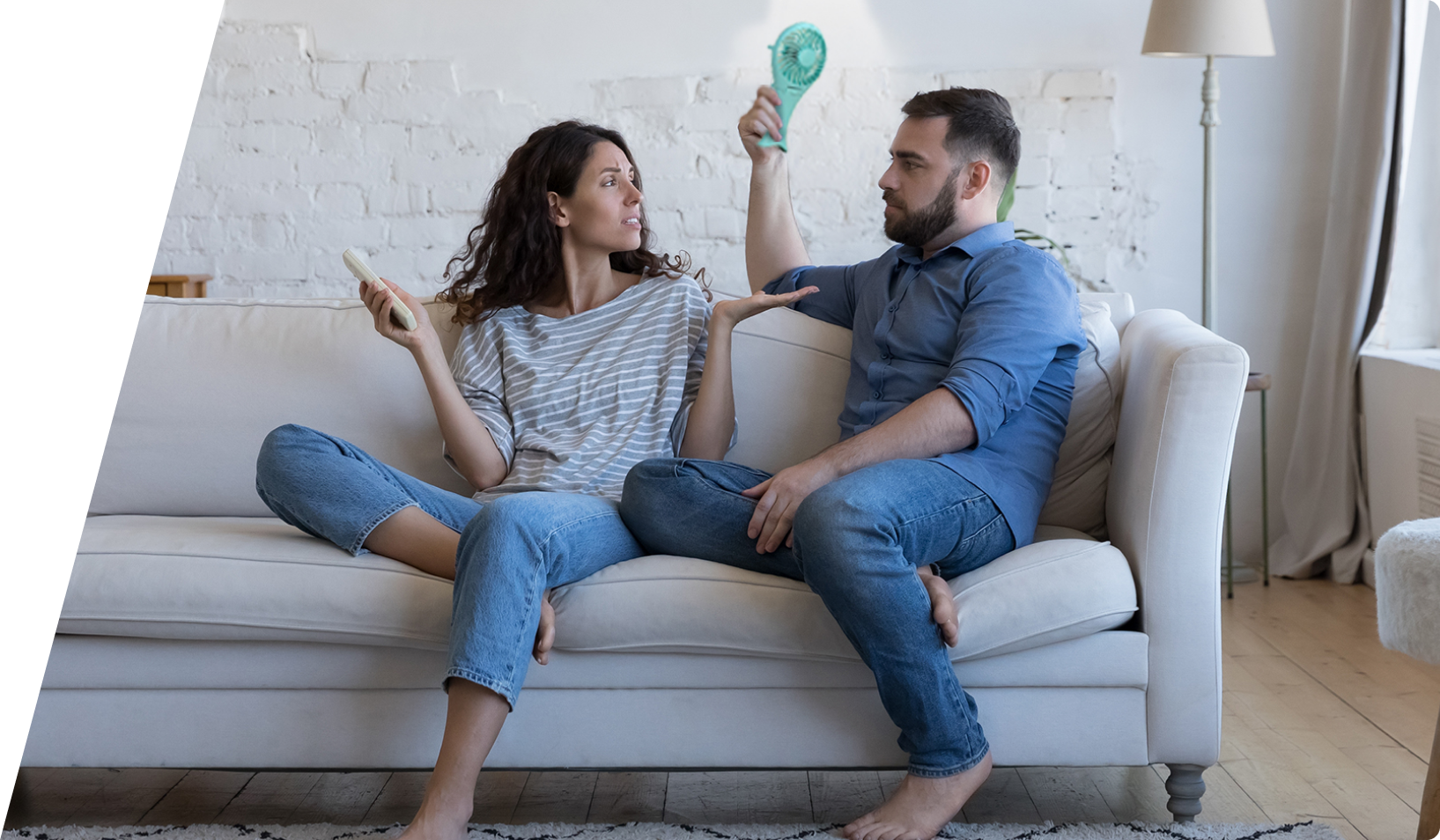
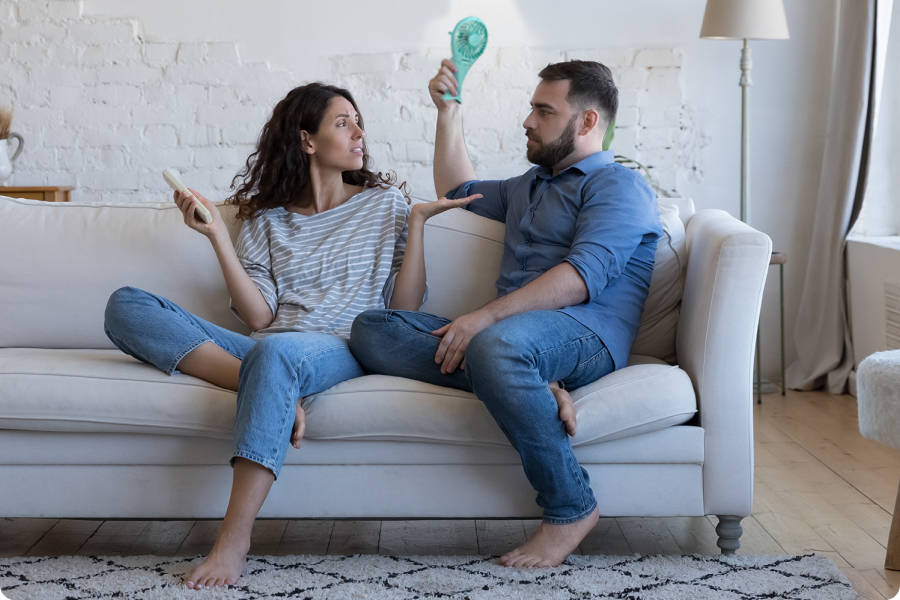
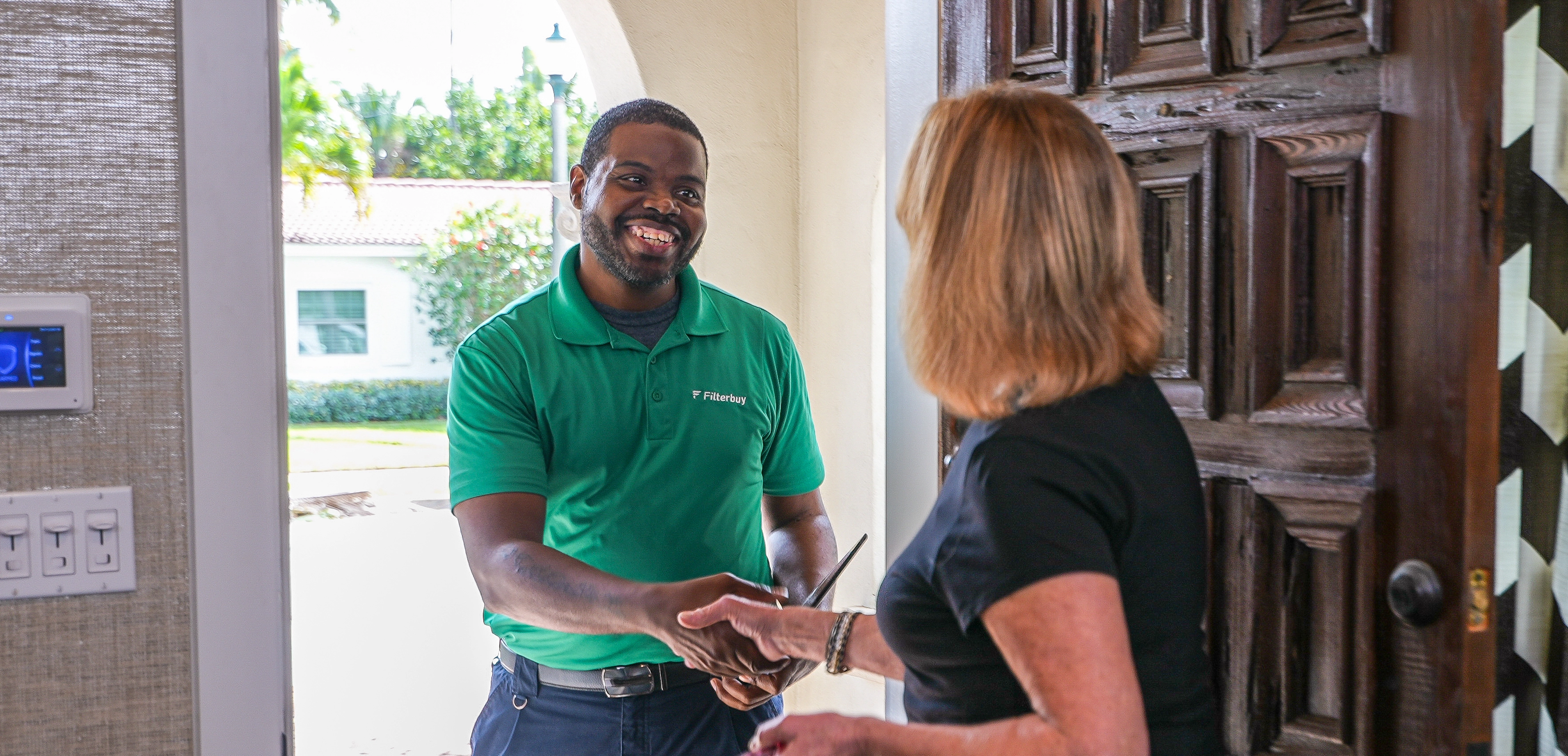
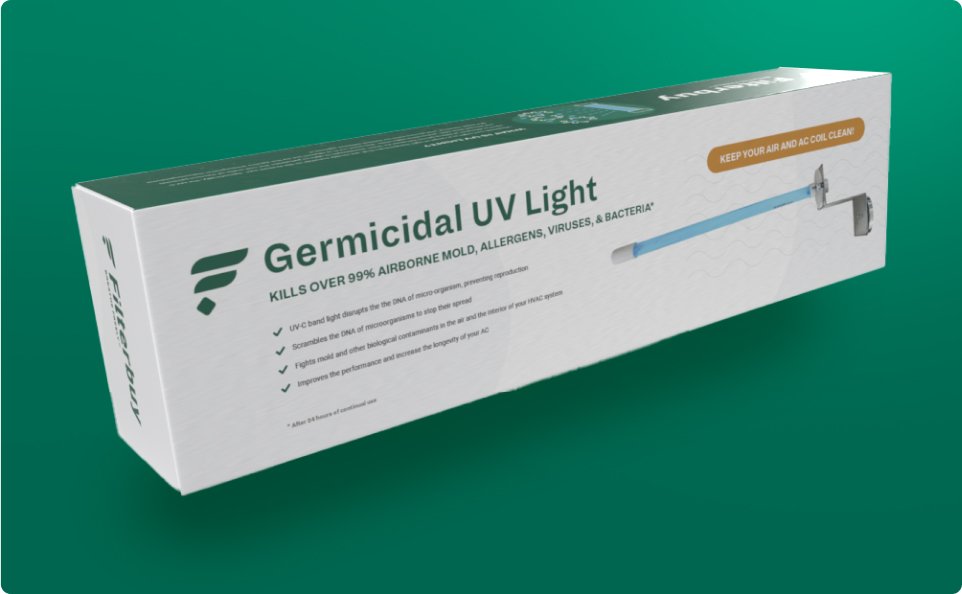
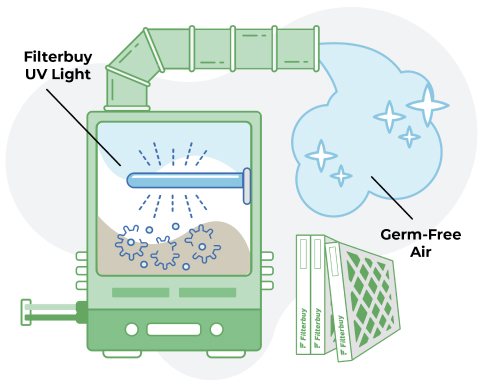

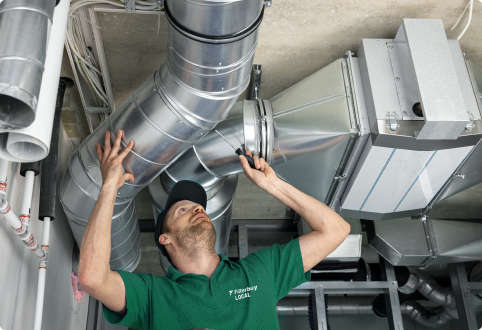
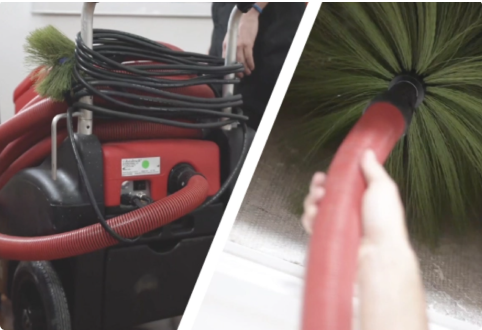
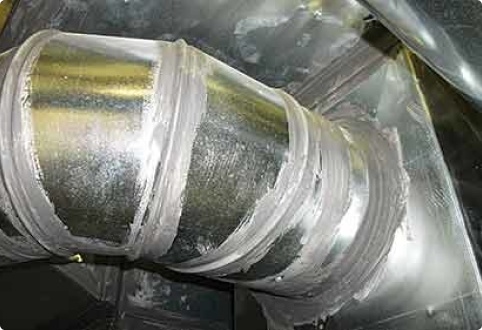
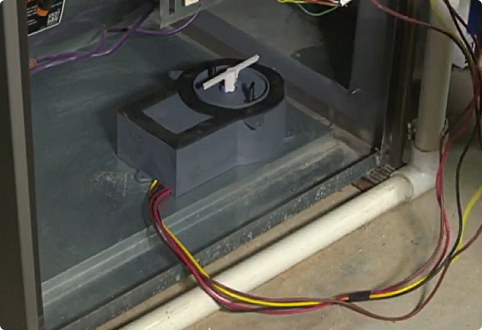
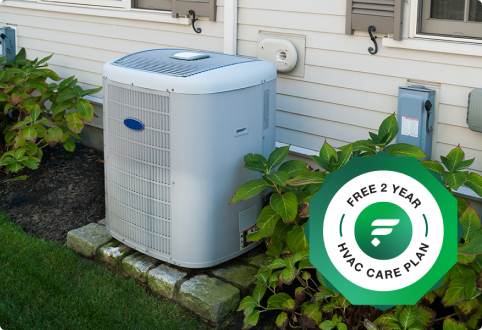

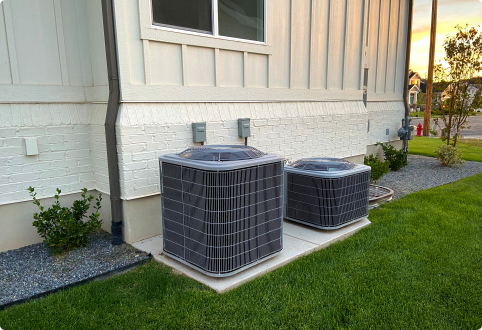
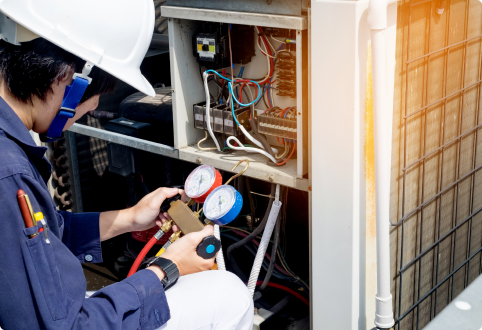
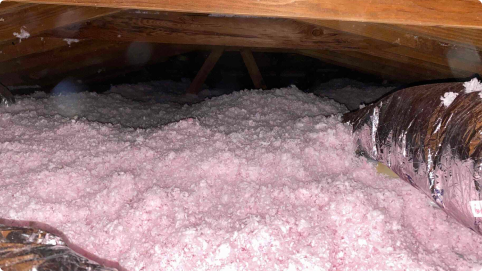
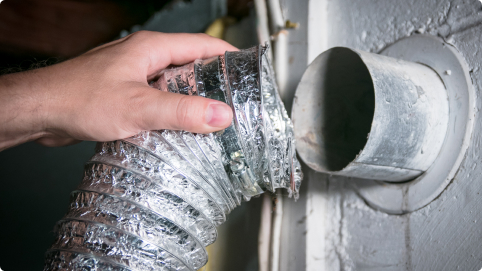
.webp)


